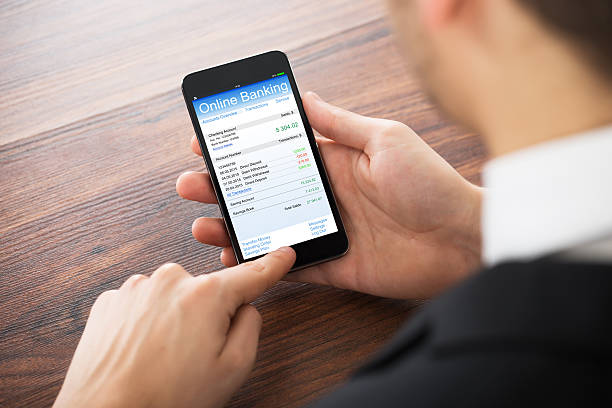Before we dive into the transfer process, it's essential to grasp the concept of currency exchange rates. Exchange rates determine the value of one currency relative to another. These rates fluctuate constantly due to various factors, including economic conditions, interest rates, geopolitical events, and market sentiment.
When transferring money to a bank account in a different currency, you'll typically encounter two scenarios:
Converting Currency at the Bank: In this case, your bank will handle the currency conversion for you. They will use the current exchange rate to convert your funds from your account's currency to the recipient's currency.
Sending Funds in Your Account's Currency: Alternatively, you can send the funds in your account's currency, and the recipient's bank will handle the currency conversion on their end.
Steps to Transfer Money to a Bank Account in a Different Currency
Choose the Transfer Method: Determine how you want to send the money. You can use traditional bank wire transfers, online banking platforms, money transfer services like PayPal or TransferWise (now Wise), or even cryptocurrency for international transfers.
Select the Recipient's Account: Provide the recipient's bank account details, including the account number and the bank's name and address. Double-check this information for accuracy.
Specify the Currency: Indicate the currency in which you want to send the funds. This is crucial, as it determines whether your bank or the recipient's bank will handle the currency conversion.
Determine the Transfer Amount: Enter the amount you wish to transfer. Your bank or transfer service will typically display the equivalent amount in the recipient's currency based on the current exchange rate.
Review Fees and Exchange Rates: Be aware of any fees associated with the transfer. Banks and transfer services may charge a fee for international transactions. Additionally, pay attention to the exchange rate being offered, as it can significantly impact the amount received by the recipient.
Initiate the Transfer: Once you're satisfied with the terms, initiate the transfer. Your bank or transfer service will guide you through the process, which may include confirming your identity for security purposes.
Confirmation and Receipt: After completing the transfer, you'll receive a confirmation that includes the transaction details, such as the exchange rate, fees, and estimated delivery time.
Considerations and Tips
Timing Matters: Exchange rates can fluctuate, so consider the timing of your transfer to get the most favorable rate.
Compare Transfer Services: Different banks and transfer services may offer varying exchange rates and fees, so shop around for the best deal.
Account for Processing Time: International transfers can take a few business days to complete, so plan accordingly if the recipient needs the funds by a specific date.
Be Mindful of Regulations: Be aware of any currency exchange regulations in your country and the recipient's country.
Conclusion
Transferring money to a bank account in a different currency is entirely feasible, thanks to the services provided by banks and money transfer companies. Understanding exchange rates, following the steps outlined above, and considering the associated fees and timing will help ensure a smooth and cost-effective international money transfer. Whether you're sending funds for personal reasons or conducting business abroad, international banking services make the world a smaller and more accessible place for financial transactions.
Frequently asked questions (FAQs) for bank transfers




